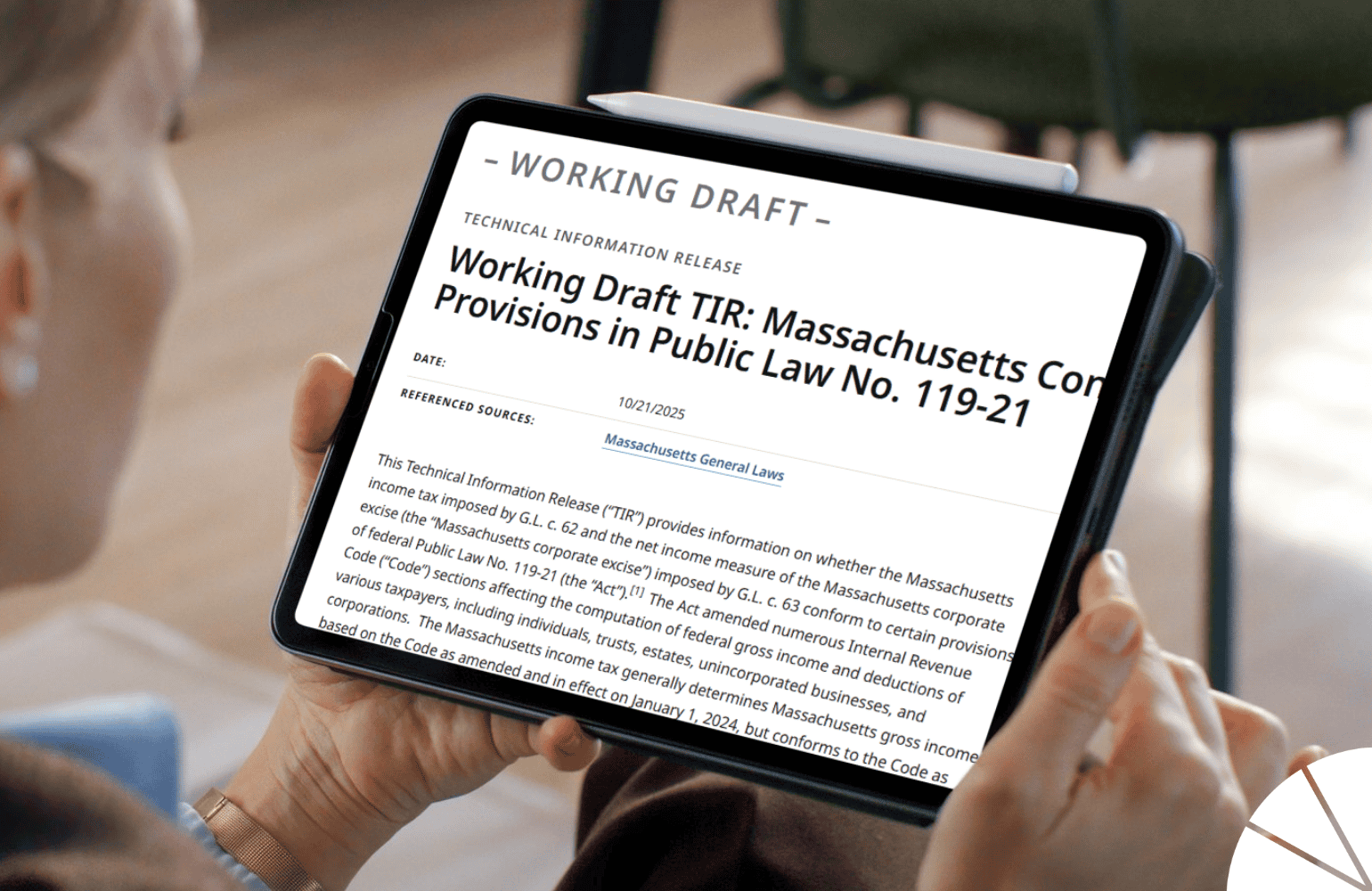
If you’re confused about all of the conflicting information based on bills that haven’t passed Congress yet and how those bills may impact your personal tax planning for 2021, you’re not alone. Though the Build Back Better Act (BBBA) hasn’t been passed yet, it could impact your strategies, so make sure you stay on top of your tax planning with your accountant should this act pass. This article should help you through the process, providing you with a range of information on how to plan for the upcoming tax season.
Postponing Additional Income into 2022
Let’s start with the basics. Regarding deductions, for singles, it’s $12,550, married filing jointly is $25,100 and head of household is $18,800. Capital gains held over one year have no tax for singles up to $40,000, married filing jointly up to $80,801, and head of household up to $54,100. After that point, you can expect to see a 15% rate at up to $445,850 for singles, $501,600 for married filing jointly and $473,750 for head of household. Above these capital gains, the rate increases to 20%. One strategy is selling enough of your long-term capital assets that have appreciated to generate long-term capital gains to shelter them at the 0% rate if possible.
For income, when possible, postpone additional income into 2022 while accelerating your deductions back into 2021. This can allow you to claim larger deductions, tax breaks and credits that may be phased out over different levels of adjusted gross income. Married couples who have dependents with an AGI near $150,000 should consider strategies that lower AGI so that they can take advantage of expanded child tax and dependent care credits, while applying for missed recovery rebate credits.
Postponing income may be a smart move for individuals who are expected to be in lower tax brackets next year because their financial circumstances will change. However, the inverse is also true, given that the BBBA is expected to add a 5% surtax to households with an AGI that exceeds $10 million, with an additional 3% tax, to a combined 8% tax, for those whose AGI exceeds $25 million. For this reason, individuals with high net worth may want to accelerate their income into the 2021 tax year while deferring income out of 2022, so that you can avoid the higher tax rates.
Net Investment Income Tax & Medicare Tax
If you’re liable for the 3.8% Net Investment Income (NII) tax based on your modified adjusted gross income (MAGI) and NII for the year, consider how to minimize or eliminate through deferral NII for the rest of the year while reducing MAGI. The BBBA expands that base to your income from trade or business you actively participate in with a MAGI above $400,000, or $500,000 for married filing jointly.
Another aspect of higher levels of income is a 0.9% extra Medicare tax for individuals whose sum of wages and/or self-employment income goes above $250,000 for married filing jointly, $125,000 married filing separately and $200,000 for all others. Employers are required to withhold the additional tax from wages above $200,000 without regard for other income or filing status. Deferring income to a later year can help you avoid this tax.
Estate Planning & Roth Conversions
What about estate planning? Even with the lifetime exemption at $11.7 million per person, or $23.4 million for married couples, the question which remains is whether gifts given now that will use up that exemption will be grandfathered into future changes of the exempt amount. If you’re comfortable transferring asset control to your heirs, transferring that wealth may be of a benefit, with the exemption set to be cut in 2025 automatically (Learn about How and When To Use Revocable and Irrevocable Trusts in Estate Planning in our recent article.).
Tax-advantaged accounts are also under fire. Converting all or at least a part of your retirement accounts that are eligible to Roth IRAs before the end of the year may make sense, but it may also increase your 2021 AGI while reducing the tax breaks tied to your AGI or MAGI. You’ll also want to carefully decide whether to take or delay your required minimum distributions from your 401(k), IRA, or similar company-sponsored retirement plan.
If you are planning on purchasing property in 2025, you should be aware that the Jumbo Loan Limits have increased by $39,950 from 2024 (learn more here).
Charitable Giving
What about increasing your charitable gifting? If you bunch your charitable deductions into the current year, consider using a donor-advised fund. This not only increases your charitable deductions, and by doing so, your itemized deduction, above the standard deduction, but it also allows you to allocate the charitable funds from this donor-advised fund to the individual charities you want to favor in future years. You should also consider making your gifts that are sheltered by the annual gift tax exclusion prior to the end of the year, which applies to gifts that you make in 2021 of up to $15,000 to each one of a literally unlimited number of people. You can also make qualified charitable distributions from your IRAs to make 2021 charitable donations, which is not included in your gross income, nor as a deductible as your itemized deduction at age 70.5, with the amount of the qualified charitable distribution reducing your RMD, which can cause tax savings.
Business Income
If you have business income, you’ll also want to consider some careful planning. If you’re a sole proprietor, partner, S corporation, or a trust or estate, you might be able to deduct up to 20% of qualified business income (QBI). If your taxable income exceeds particular thresholds, the deduction could be limited if you’re in a service-type business, how much W-2 wages are paid by your business and/or the unadjusted basis of your qualified property held by the business, including machinery and equipment. You can also defer income or accelerate deductions to fall under the thresholds or lower your phaseout of a deduction. You can also increase the deduction by increasing W-2 wages prior to December 31, 2021.
State and Local Taxes (SALT)
State and local tax (SALT) deductions are another option to consider. To date, 19 states have passed legislation so that citizens can work around the $10,000 SALT deduction limitation, with IRS Notice 2020-75 confirming that the Pass-Through Entity Tax election allows companies to completely deduct SALT from their taxable income.
Speaking of state taxes, let’s talk state tax credits because states offer a range of tax credits and incentive programs that are focused on stimulating investment and growing businesses, while retaining companies that are already in operation within their borders. Finding the best location for your company to incorporate and operate is vital to your company’s financial health. Make sure that you’re not overlooking these credits and incentives.
Generally speaking, states and localities will target small, mid-sized, and larger businesses, companies that promote innovation and create jobs, angel investors, capital investments, specific industries including agriculture, film, manufacturing, or technology, companies targeting enterprise zones, distressed zones or tax-increment finance districts, energy credits and not-for-profit organizations. By promoting these types of businesses and organizations, the states can provide great benefits while providing a favorable environment for businesses.
If you’re considering making changes to your personal and business tax planning process due to recent legislation, it’s understandable that you may have some concerns. To put you at ease, take the time to speak to your LGA Advisor or the experienced professionals of our Family, Estate, and Fiduciary Tax Group to help you find the right plan for your goals.





